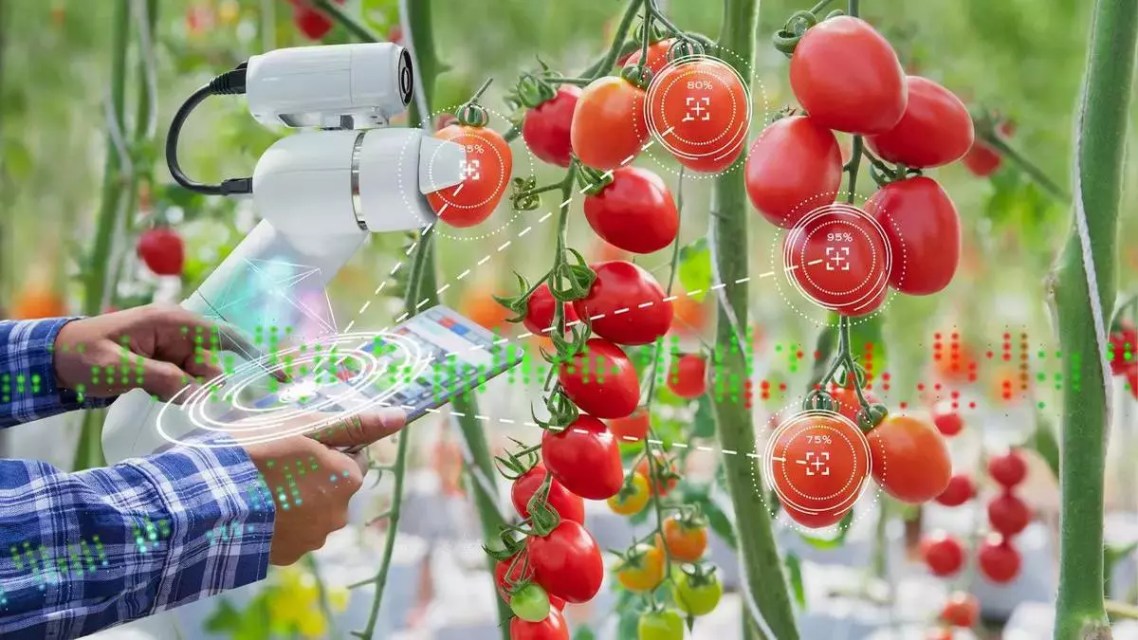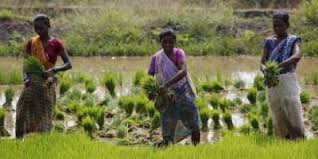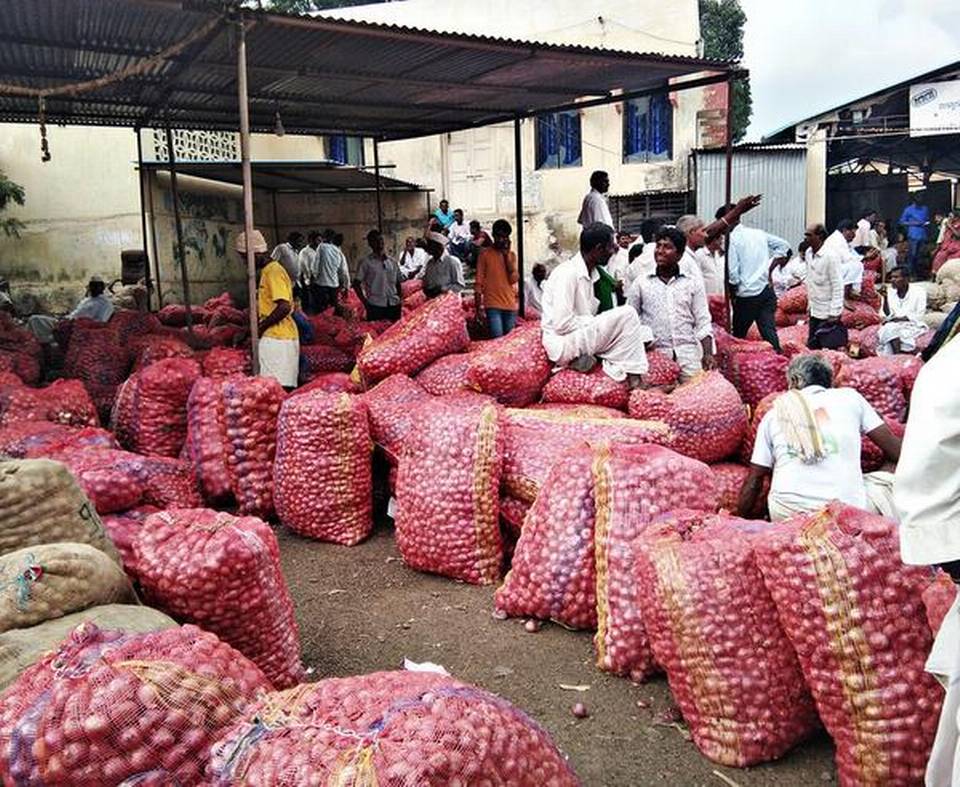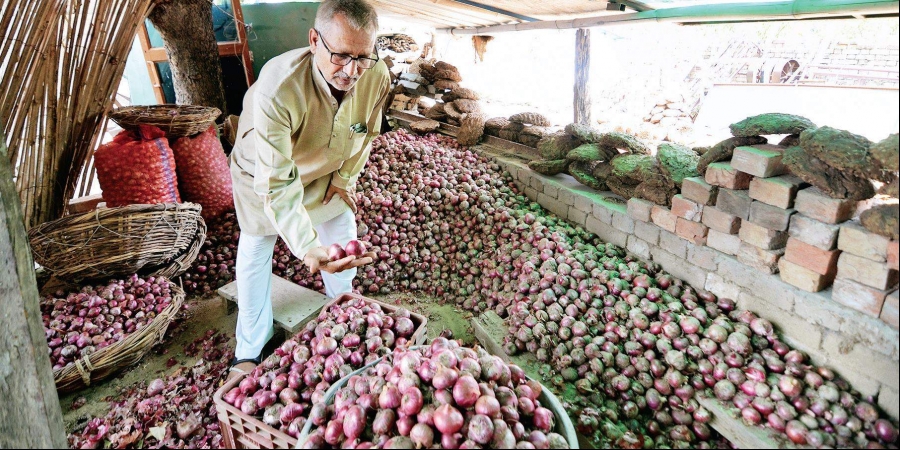
Sustainable agriculture has become a paramount goal in our battle against climate change and environmental degradation. As agriculture plays a pivotal role in feeding a growing population, it simultaneously contributes significantly to greenhouse gas (GHG) emissions.
Fortunately, the same technological advances that have transformed various industries are now being employed to make agriculture more sustainable. Digital tools have emerged as pivotal assets in the pursuit of sustainable agriculture, leading the charge in transforming GHG reporting.
________________________________________________________________________
Read Also : Scientists Discover First Methane Leak in Antarctica; Warn of Intense Warming Threat Over Icy…
________________________________________________________________________
Remote sensing and satellite technology: In sustainable agriculture, remote sensing and satellite technology are invaluable tools. They enable remote monitoring of crops, soil, and essential parameters. Using indices like NDVI, they provide insights into crop health, growth, and stress, aiding in early pest detection and irrigation optimisation. These technologies also allow for soil health assessment, analysing key parameters like SOC, N, P, and K. This data informs precise fertilizer application, reducing nutrient runoff and emissions, while enhancing overall crop productivity.
Farm management ERP: Implementing a Farm Management ERP (Enterprise Resource Planning) system offers growers a centralised digital platform for their entire supply chain. This platform enables tracking input consumption, such as fertilizer and pesticide use, as well as fuel consumption. By harnessing the data captured by the ERP system, growers can optimise resource usage, thereby reducing emissions per unit of production. The true power of Farm Management ERP systems lies in their ability to provide growers with a comprehensive view of their operations, allowing data-driven decisions that minimise environmental impact while maximising efficiency.
________________________________________________________________________
Read Also : What Gets Measured Gets Managed: How Sustainability Reporting Can Help Save The Planet
________________________________________________________________________
IoT sensors: Internet of Things (IoT) sensors have revolutionised agriculture. These sensors, including soil and livestock sensors, nutrition sensors and livestock sensors, provide real-time data, enabling timely decision-making. Weather data assists in predicting weather patterns, optimising planting and harvesting times, and reducing energy consumption and emissions. Soil sensors offer information on moisture and nutrient levels for precise irrigation and fertilisation. Livestock sensors improve resource management and reduce environmental impact by monitoring animal health and behaviour. This technology marks a new era in agriculture, promoting efficiency and sustainability.
Weather and climate data: Access to accurate weather and climate data is indispensable for sustainable agriculture. Advanced weather forecasting and modelling tools help growers optimise planting and harvesting schedules, reducing energy consumption and GHG emissions. Aligning agricultural activities with weather patterns allows growers to mitigate risks and adapt to changing conditions effectively. Climate data informs long-term planning and decision-making, helping growers select crops and practices that are more resilient to climate change and contribute to reduced emissions.
________________________________________________________________________
Read Also : 35 things you can do to help save the planet in 2021
________________________________________________________________________
Carbon accounting tools: Specialised carbon accounting tools have become essential for growers looking to assess and reduce their GHG emissions. These tools calculate emissions from various sources, including energy use, transportation, and land use changes. By providing a comprehensive overview of emissions, carbon accounting tools empower growers to identify opportunities for reductions and make informed decisions about carbon offset initiatives. Additionally, these tools facilitate participation in carbon credit programs and other market-based mechanisms that incentivise emissions reductions.
Integration of technologies: The integration of Remote Sensing and Satellite Technology, Machine Learning & AI, and IoT sensors into agriculture represents a holistic approach. This wealth of information allows for data-driven decisions to optimise resource usage and minimise emissions. Machine learning and AI sift through vast datasets to uncover patterns related to GHG emissions, empowering farmers to proactively adopt measures that shrink their carbon footprint. IoT sensors, including weather stations, soil sensors, and livestock sensors, provide real-time data crucial for timely decision-making, ensuring that the 3Ps are at the forefront of agriculture business optimisation.
The seamless fusion of technology and eco-conscious farming practices is the future of sustainable agriculture. By leveraging these technologies, farming businesses, contract farmers, and stakeholders are equipped not only to report GHG emissions accurately but also to take tangible steps to minimise their environmental impact while optimising the 3Ps – productivity, profitability, and predictability of their agriculture businesses. This holistic approach ensures that agriculture remains sustainable, profitable, and environmentally responsible!
NOTE – This article was originally published in thehindubusinessline and can be viewed here
Tags: #agriculture, #carbon, #climate, #crops, #digitaltools, #environmental, #farm, #getgreengetgrowing, #gngagritech, #greenstories, #soil, #sustainable, #weather






